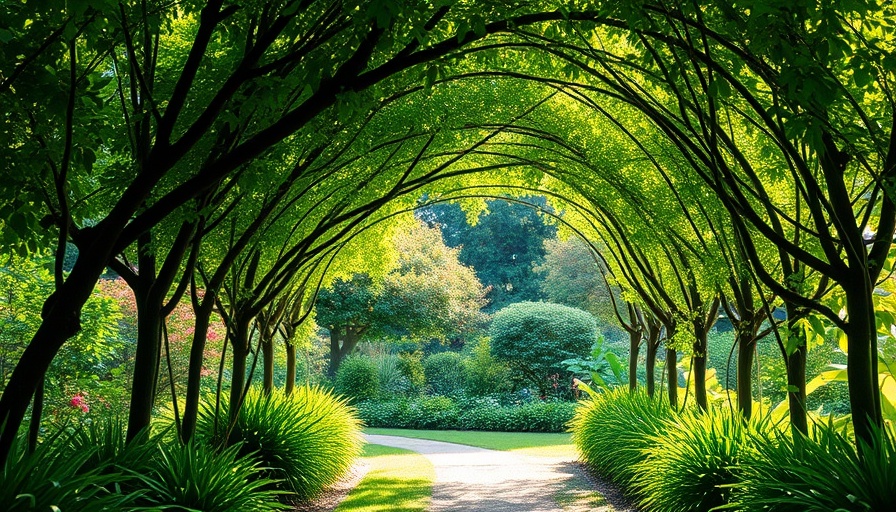
The Evolution of Gardening: A Fresh Perspective
Gardening has historically been a practice steeped in tradition, often resembling the meticulous styles of our ancestors. However, as global challenges and innovative technologies converge, the future of gardening is on the cusp of a significant transformation. From sustainable practices to community-driven gardening, let's explore the exciting trajectory ahead.
Breaking Free from the Manicured Lawn
For years, perfectly manicured lawns have been the hallmark of suburban aesthetics. Originating from European aristocracy, these lawns were once a symbol of wealth and leisure. Yet now, they are increasingly seen as a relic of the past – a wasteful, resource-intensive endeavor that contradicts ecological principles. These expansive green spaces demand excessive water, maintenance, and synthetic interventions that can harm the environment.
New generations, especially Gen Z, are challenging this norm. They favor the emergence of eco-friendly lawns—a concept that involves using native plants and embracing biodiversity. This shift not only reduces maintenance costs but also supports local wildlife, promoting a sense of harmony with nature instead of conflict.
Embracing Sustainability: Gen Z at the Helm
As climate change reshapes gardening practices, Gen Z is emerging as the sustainability generation. Their purchasing decisions reflect a commitment to the environment, as they often prioritize sustainable products over cheaper alternatives. A recent report reveals that 30% of 25-year-olds now own homes, a demographic shift that allows them to invest in their outdoor spaces meaningfully.
Younger generations are redefining gardening by integrating sustainability into every aspect—from the choice of plants to waste reduction. They are excited about practices like composting, using organic fertilizers, and practicing companion planting to enhance plant health and yield.
The Rise of Vertical Gardening
With the world’s urban spaces growing denser, vertical gardening has become a popular solution for maximizing limited space. Vertical gardens not only beautify urban environments but also promote biodiversity, enhance air quality, and can even produce food in confined spaces. Techniques such as green walls and rooftop gardens are making city living more sustainable and livable, offering a refreshing breath of fresh air amid concrete jungles.
Community: The Heart of Modern Gardening
Gardening has always had a communal aspect, but recent trends emphasize this more than ever. Community gardens are popping up in neighborhoods around the world, fostering connections and collaboration among residents. These shared spaces not only provide fresh produce but also serve as educational hubs for organic gardening techniques, pest control, and sustainability practices.
By working together, community members can share resources, knowledge, and the joys of gardening, fostering camaraderie and a deeper appreciation for local ecosystems. As urban dwellers become more focused on sustainability, these spaces can change the landscaping of cities forever.
A New Outlook on Gardening
As we look toward the future of gardening, it’s clear we are on the brink of significant changes that are both exciting and necessary. Ditching the traditional lawn for more biodiversity-focused practices, prioritizing sustainability, and fostering community engagement are just a few of the strides being made. Gardening can once again become a vibrant expression of creativity and adaptability.
This evolution signifies a greater cultural recognition of our relationship with nature, encouraging practices that honor ecological balance and support local wildlife. It’s a refreshing shift that invites not just growth—of plants, but of communities and awareness.
In this period of transformation, let’s embrace these innovations to create our gardens, reflect our values, and contribute to a more sustainable future. The question isn’t just how we will garden in the future, but how we can ensure that gardening remains an integral part of our lives, fostering connection to nature and each other.
 Add Row
Add Row  Add
Add 




Write A Comment